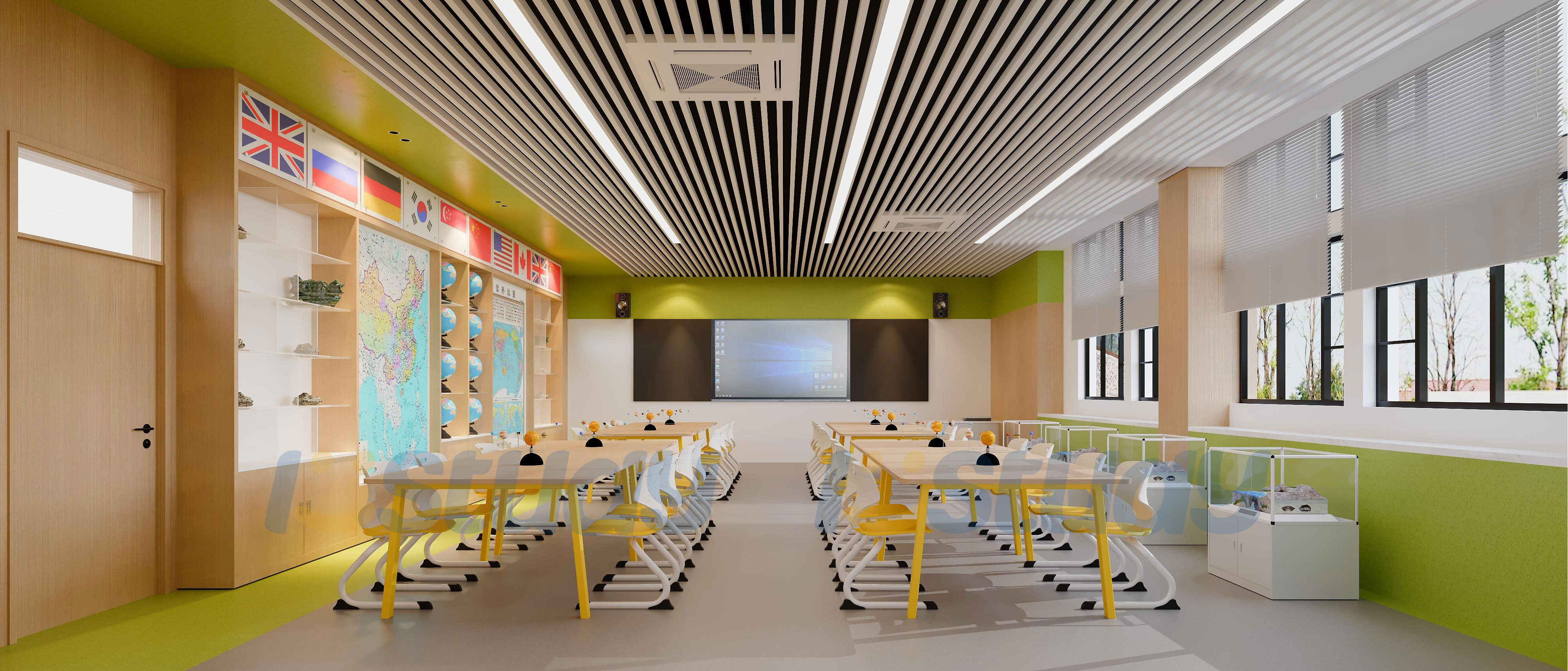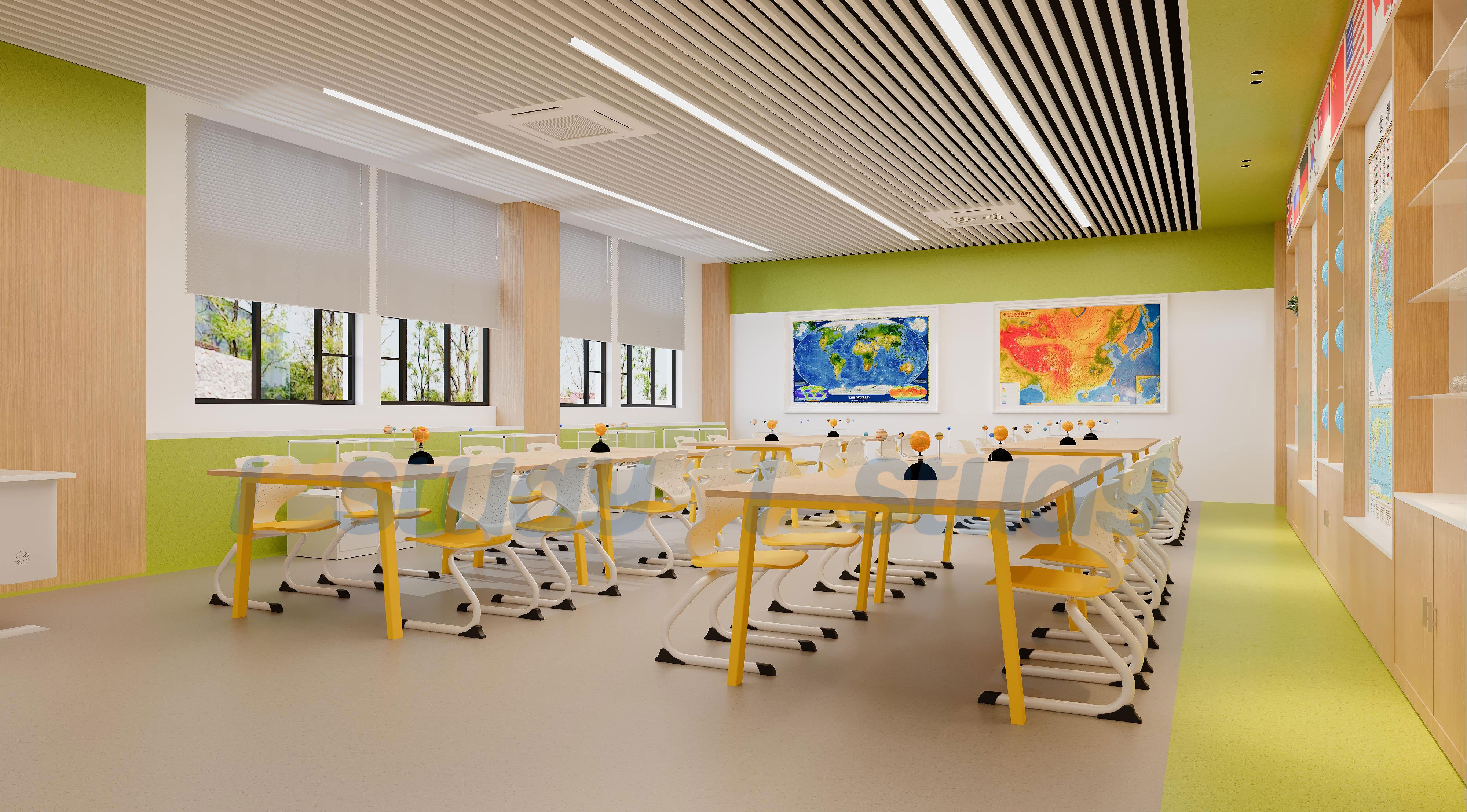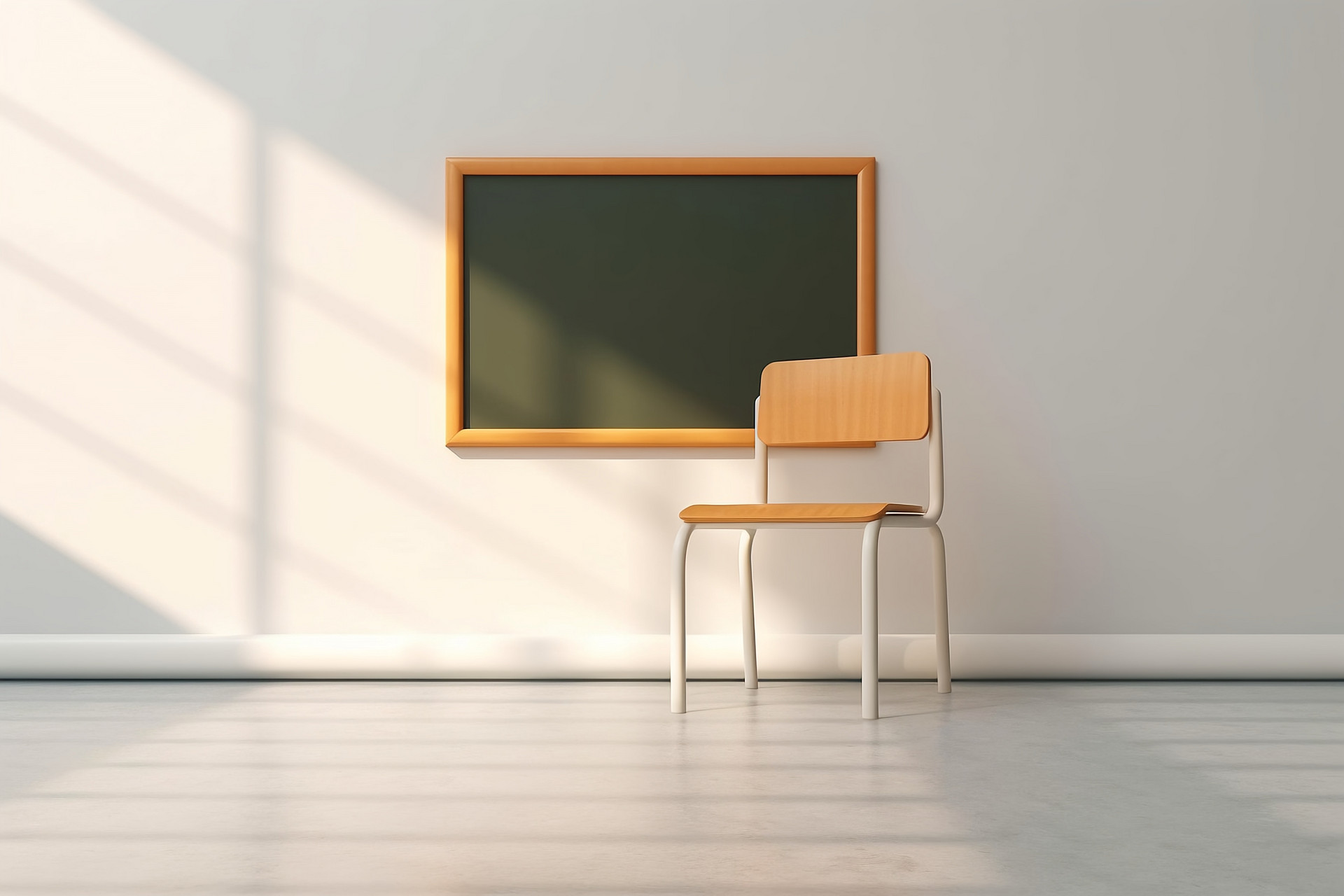Education is evolving rapidly, and schools are increasingly focused on sustainability. Modern classrooms are not just places for teaching; they are also spaces that reflect values such as responsibility and environmental awareness. One of the most effective ways schools can contribute to a greener future is through sustainable educational furniture. Eco-friendly classroom desks and chairs not only enhance the learning environment but also reduce the overall environmental impact.
1. Why Schools Should Invest in Sustainable Educational Furniture
Traditional school furniture often uses plastics, harsh chemicals, or low-quality materials that are harmful to both students and the planet. By contrast, eco-friendly educational furniture is designed with durability and health in mind. High-quality classroom desks and chairs made from responsibly sourced wood, recycled metal, or bamboo offer long-lasting performance while promoting environmental responsibility. Choosing sustainable products allows schools to combine function, comfort, and ecological awareness.

2. Eco-Friendly Materials for Classroom Desks and Chairs
The use of safe and renewable materials is a key aspect of green design. Many modern manufacturers now offer educational furniture created from recycled materials or non-toxic finishes. For example, wooden classroom desks and chairs can be produced using reclaimed wood, while frames are often made with recycled steel. These eco-friendly choices ensure healthier indoor air quality and create safer spaces for students, reducing exposure to harmful chemicals.
3. Long-Term Benefits of Durable Educational Furniture
Durability is one of the strongest arguments for sustainable design. Cheap furniture may seem cost-effective in the short term but often requires frequent replacements. In contrast, high-quality educational furniture lasts for years, reducing waste and saving schools money. Sturdy classroom desks and chairs are built to withstand daily use, ensuring that classrooms remain functional and appealing without constant maintenance or replacement.
4. Flexible and Adaptable Designs for Modern Classrooms
Education today requires adaptable solutions. Teachers move between lectures, group activities, and technology-based lessons, so flexible educational furniture is essential. Modular classroom desks and chairs can be rearranged easily to support collaborative learning or independent study. This flexibility minimizes the need for excess furniture, maximizing resources while contributing to sustainable classroom design.
5. Health and Well-Being with Eco-Friendly Choices
Sustainability also extends to student health. Many traditional finishes release harmful compounds into the air, but eco-friendly educational furniture avoids these toxins. Natural finishes, ergonomic designs, and breathable materials ensure that classroom desks and chairs are safe for long-term use. By creating a healthier environment, schools help students concentrate better, maintain good posture, and enjoy a positive learning experience.
6. A Smarter Investment for Schools
Although sustainable educational furniture may require a higher initial investment, the long-term benefits outweigh the costs. Schools that choose eco-friendly classroom desks and chairs reduce repair expenses, limit waste, and enhance their reputation for environmental responsibility. More importantly, they demonstrate to students the importance of protecting natural resources and building a better future.

The future of education goes hand in hand with sustainability. By selecting eco-friendly educational furniture, schools contribute to healthier learning environments and a cleaner planet. Durable, flexible, and ergonomic classroom desks and chairs are more than just practical items—they are essential tools for promoting responsibility and innovation in the next generation. Investing in sustainable designs ensures that classrooms remain inspiring spaces where education and environmental care meet.

